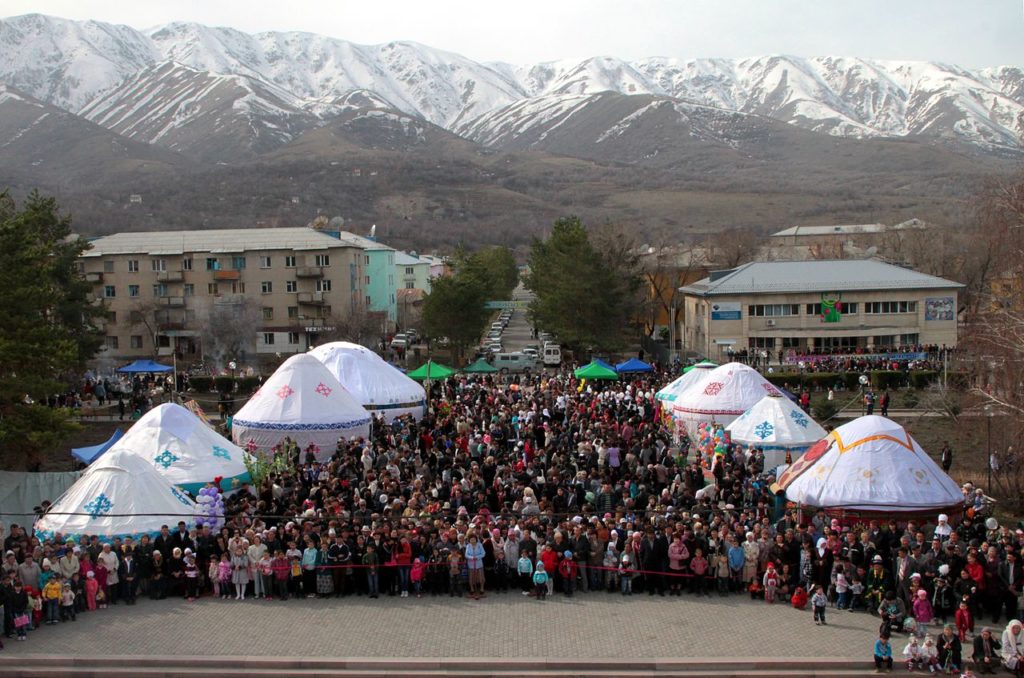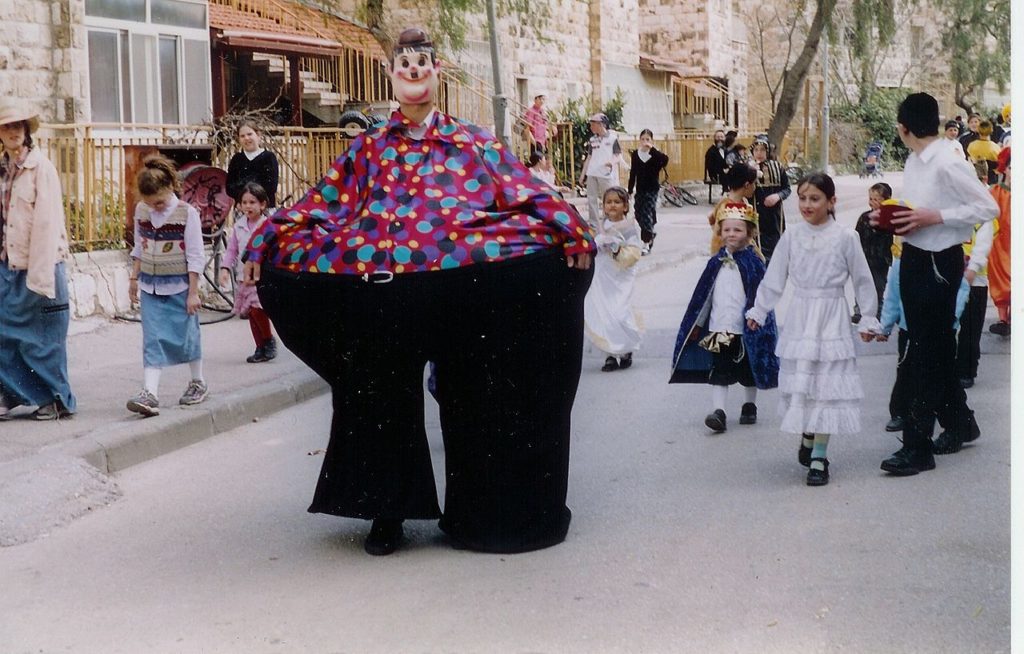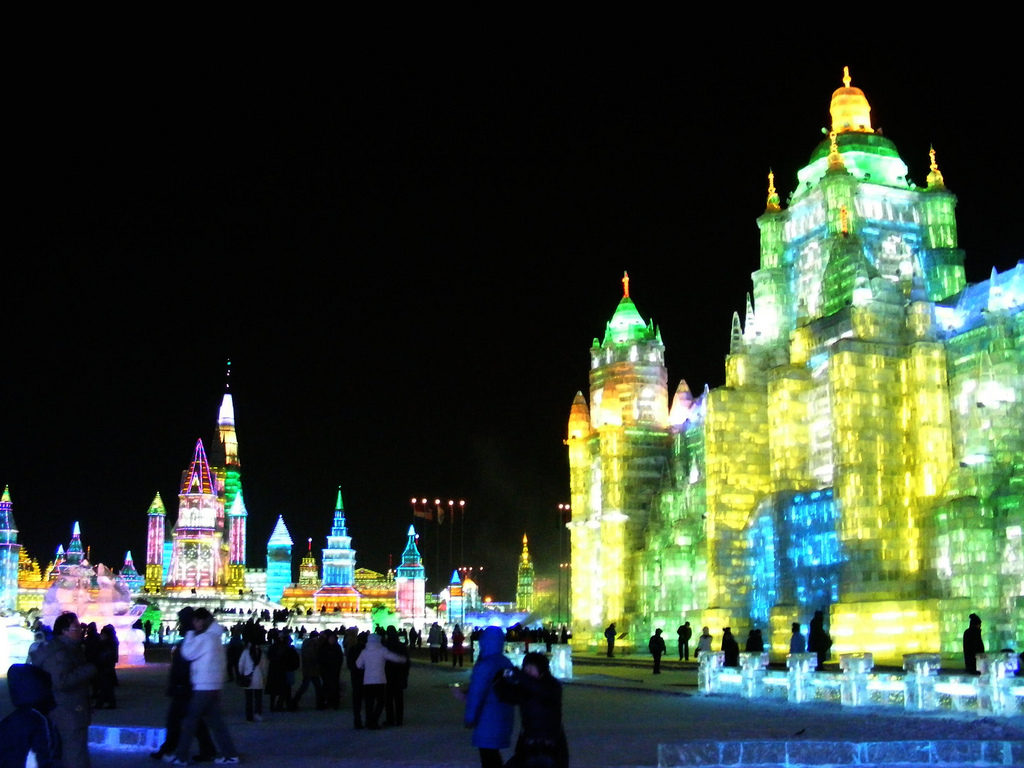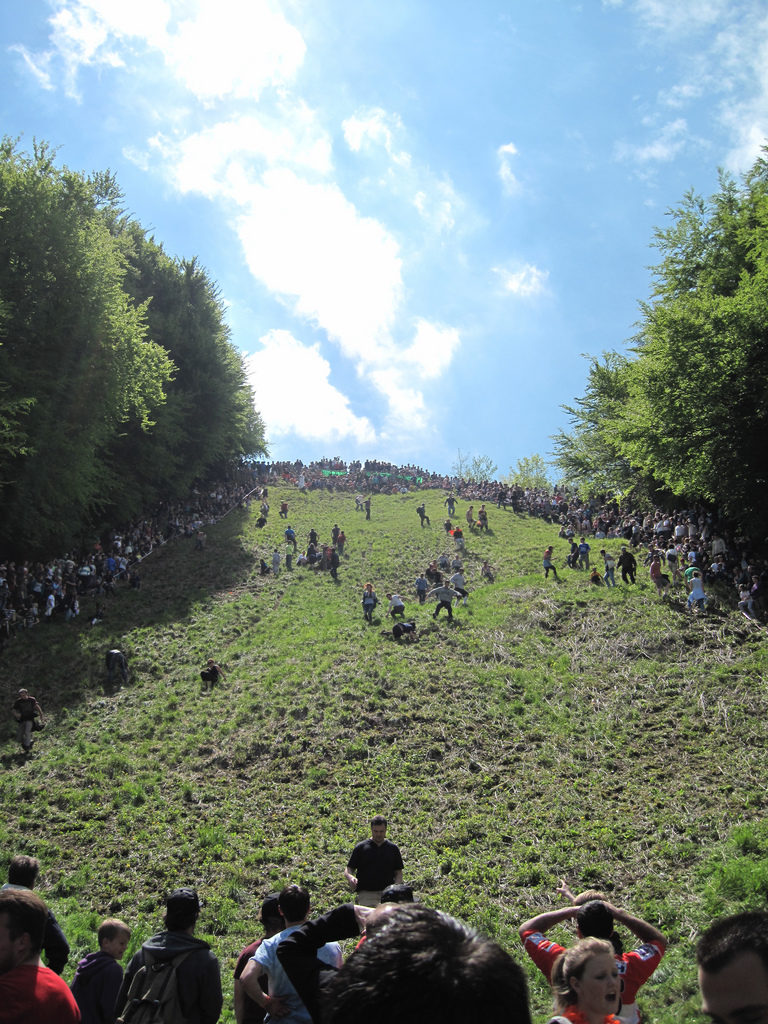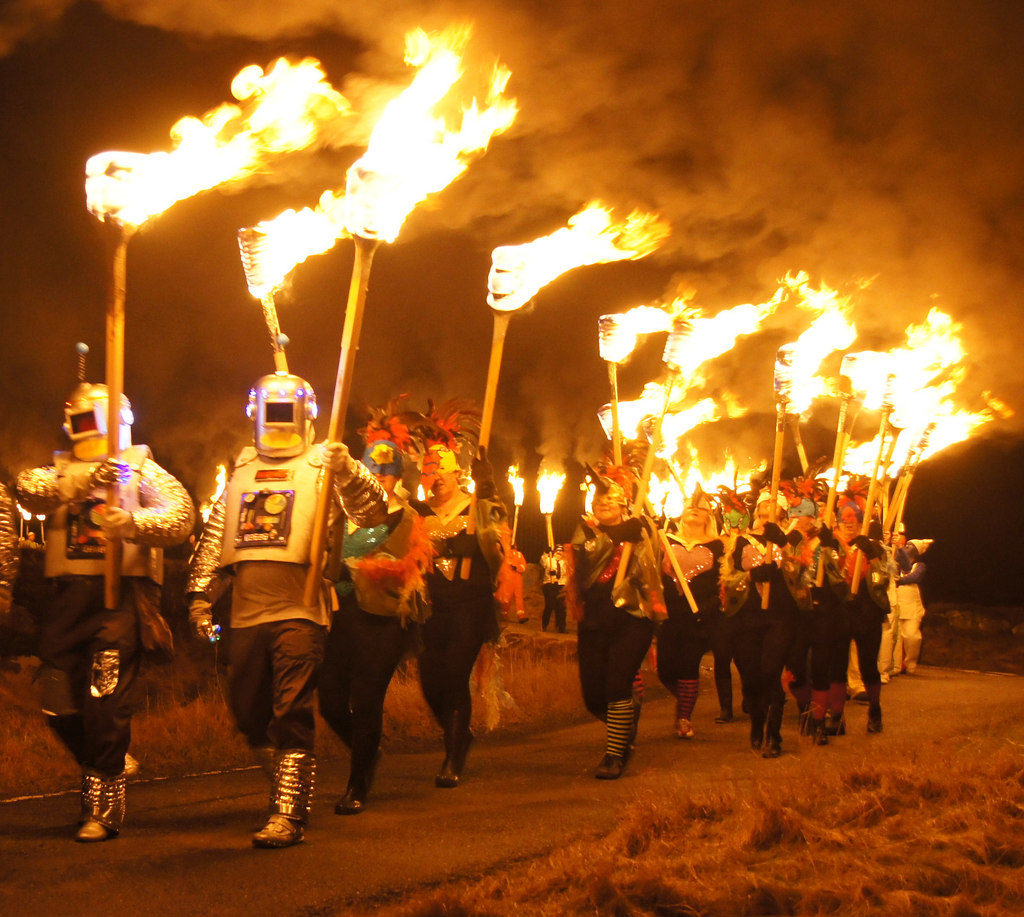For over 3,000 years, the Iranian people have been celebrating a festival called Nowruz which is their New Year. The festival takes place each year between March 20th-23rd and signifies the first day of the Spring and the rebirth of nature. The Persian and Iranian New Year is one of the biggest celebrations of all the Persian festivals and is made up of various different customs as part of the overall celebrations. Let’s take a look at the past and the present of this incredible festival. The word Nowruz quite literally means new year and this is how the celebrations go down.

The Origins
For thousands and thousands of years, this time in the calendar has long been a celebration for many different religions and peoples, from the Zoroastars the Babylonians and to the Proto-Indo-Iranians as a celebration of the end of the winter. The vernal equinox signifies the beginning of the spring in the Northern Hemisphere, the rebirth of nature and the time when crops can once again be sewn. This is a celebration that is enjoyed by many different people’s and religions to this day but the largest by far is by the Iranian people by way of Nowruz.
Celebrations
There are many different parts of the overall celebrations and we are going to take a look into a few of the ways in which the people enjoy the festival.
– Haft Sin
Some days before the New Year, a special cover called the cloth of seven dishes is placed on the Persian carpet or table in the household. The number 7 is sacred in Persian tradition and seven dishes are placed on the cloth to represent the seven angelic heralds of the life-rebirth. Sprouts, Samanu pudding, Apple (Seeb), Senjed (fruit from the locust tree,) Garlic (Seer,) Somaq berries and vinegar (Serkeh) are all laid out n the table. Other items can be placed on the table which represent hopes for the future, these range from coins for wealth, eggs for fertility, a mirror for reflection and sometimes an orange floating in a bowl of water to represent the Earth in space.
– Chaharshanbe Souri
The actual beginnings of the celebration are on the eve of the final Wednesday of the year. Many bonfires are made and family members will jumping over the bonfire and chant “Give me your redness and take away my wintry sallow complexionˮ. When the fires go out, the ashes are collected and planted in the fields to represent the burial of the previous year.
– Haji Firuz
The heralding of the New Year is this character who signifies a fire-keeper, a man from the village will dress up in a red get-up complete with black face and red hat. People will gather around Haji Firuz and chant, sing and play the tambourine to celebrate the New Year.
– Sizdah Bedar
This occurs on the 13th day of the year and sees families take to the great outdoors to celebrate nature. They will take picnics and enjoy games in the fields. The sprouts (sabzeh) which have been kept on the tables or in the homes will be thrown into the fields to rid bad luck form the house and to make the nature greener.
And that is the celebrations of the Iranian New Year or Nowruz.

